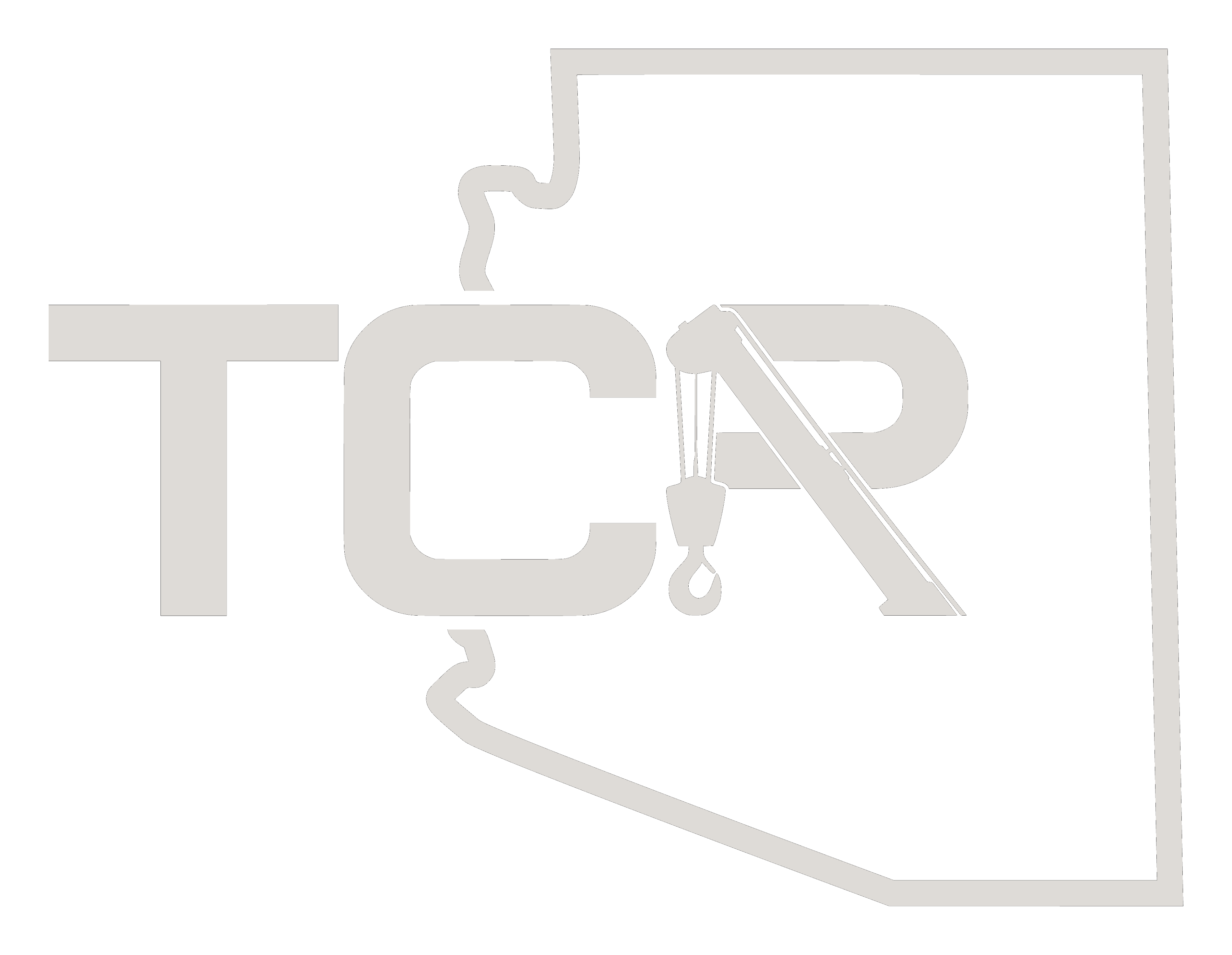This guide to pre-site best practices aims to make the preparation process as clear and straightforward as possible. Whether you’re a seasoned project manager or new to the world of construction, understanding these principles can significantly impact the success of your crane operations.
1. Determining Load Radius 📏
What It Means: The load radius is measured from the crane’s center of rotation (imagine the middle point of a spinning plate) to the center of the load (where you intend to place your cup on that spinning plate). This measurement is crucial as it directly influences the crane’s lifting capacity—the further away the load, the more the crane’s capacity is affected.
2. Understanding ‘Away,’ ‘Up,’ and ‘In’ Measurements 📐
Why They Matter: These measurements help determine the true boom angle, which is essential for accurate lifting:
‘Away’: The horizontal distance from the crane to where the load will be placed.
‘Up’: The vertical height the load needs to be lifted.
‘In’: The distance from the crane along the ground to the load’s final position, helping to understand how far the crane needs to reach.
3. Crane Mechanics Simplified: Weight vs. Distance 🏋️♂️
The Basic Principle: Cranes operate on the principle that lifting capacity decreases as the distance (or radius) increases. Picture holding a heavy book close to your chest versus extending your arm out; the further away it is, the heavier it feels and the harder it is to hold up.
4. Pre-Site the Job Effectively 🕵️♂️
Steps to Success–
Site Survey: Walk the site to identify potential obstacles (trees, power lines, uneven ground) that could impact crane placement and operation.
Consult the Load Chart: Use the crane’s load chart with your ‘away,’ ‘up,’ and ‘in’ measurements to select the appropriate crane size.
Ground Conditions: Assess the ground conditions to ensure they can support the crane and its operations, considering the need for outrigger pads or matting.
Access Routes: Ensure there are clear paths for the crane and delivery trucks to access the site, considering the weight and dimensions of the equipment.
5. Communication is Key 🗣️✅
Collaborate with Experts: Don’t hesitate to consult with crane operation specialists. Their expertise can help you navigate the complexities of selecting the right crane and preparing the site.
6. Empowering Clients for Pre-Siting 💪🌟
Encourage clients to be proactive in pre-site planning. Understanding these basics empowers them to ask the right questions and make informed decisions. Reassure them that by taking these steps, they are laying the groundwork for a successful, efficient, and safe crane operation.
Building Confidence in Pre-Siting 🚀
Pre-siting a job for crane operations is like laying the foundation for a building—it’s essential for everything that follows. By demystifying the process and providing clients with the tools to understand their needs, we enable them to approach their projects with confidence.
